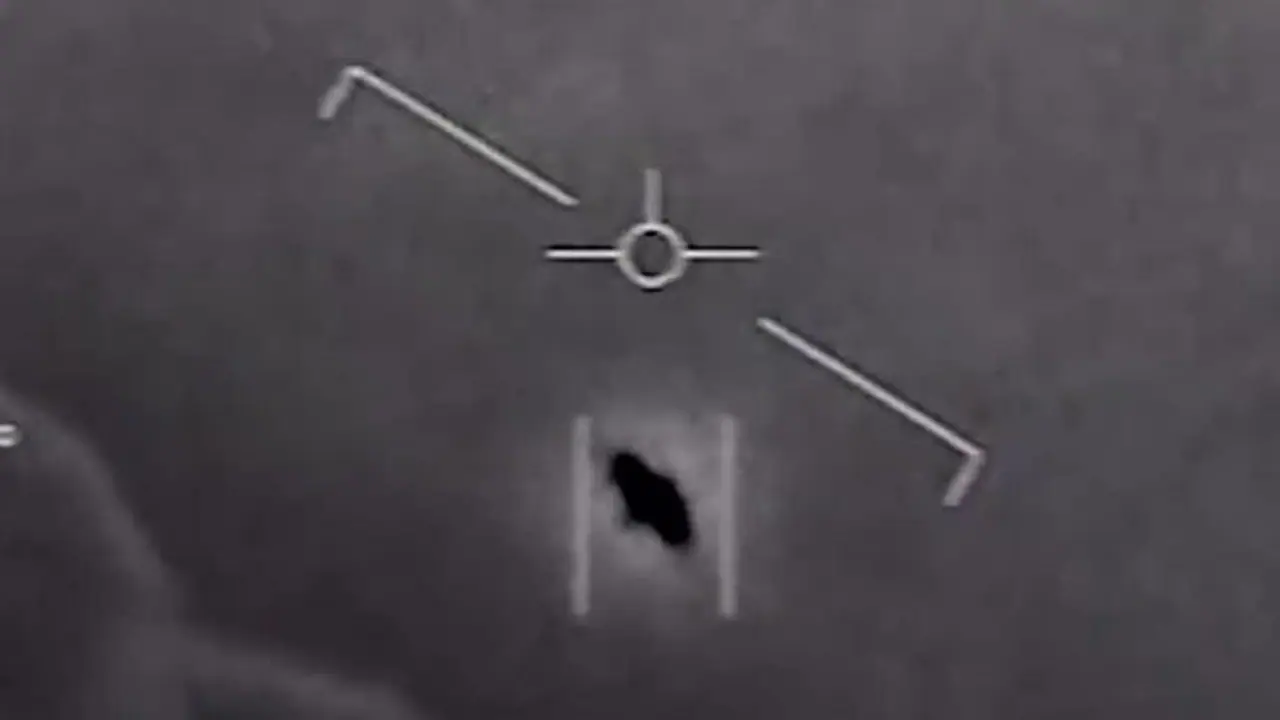The report emphasized the significance of artificial intelligence (AI) and machine learning (ML) as indispensable tools for detecting rare occurrences, potentially including UAPs, within extensive datasets. Furthermore, the panel recognizes the evident threat to US airspace safety posed by UAPs.
There is "no reason to conclude" that existing sightings of UFOs are alien in origin, but the galaxy "does not stop at the outskirts of the solar system", says a report released by the United States space agency, NASA, that contained the findings of an independent team's investigation into unidentified anomalous phenomena (UAPs), previously referred to as 'UFOs'.

"Currently planned or existing NASA missions can widen their scope to include searching for extraterrestrial techno-signatures in planetary atmospheres, on planetary surfaces, or in near-Earth space. These searches generally wouldn’t require changes in hardware or data acquisition, but may simply require new directions in data analysis. For example, high sensitivity studies of the stable Earth-Moon Lagrange points might conceivably find technosignatures but would likely have a high scientific payoff, such as possibly finding remnants of the collision that formed our Moon," the report said.
The panel emphasized the significance of artificial intelligence (AI) and machine learning (ML) as indispensable tools for detecting rare occurrences, potentially including UAPs, within extensive datasets. However, the report notes that the effectiveness of these potent techniques relies on well-characterized data collected with rigorous standards.
NASA, renowned for its proficiency in employing cutting-edge computational and data-analysis methods, can offer vital support in this regard, the report said, adding that to achieve this, meticulous data collection, curation, and dissemination remain pivotal.
Furthermore, the panel recognizes the evident threat to US airspace safety posed by UAPs. It identifies a promising avenue for enhanced integration within a systematic, evidence-based framework for UAP analysis: NASA's administration of the Aviation Safety Reporting System (ASRS) for the FAA.
The ASRS, a confidential and voluntary reporting system utilized by pilots, air traffic controllers, and aviation professionals, receives approximately 100,000 reports annually. While not originally designed for UAP data collection, optimizing it for commercial pilot UAP reporting would establish a crucial database for the comprehensive government initiative to comprehend UAP phenomena.
In conjunction, NASA's extensive history of collaboration with the FAA can be harnessed to explore the application of advanced, real-time analysis techniques to future iterations of air traffic management (ATM) systems, the report said.
This study, initiated by NASA in 2022, employed data, advanced technology, and scientific tools to scrutinize enigmatic aerial occurrences.
High-quality observations of UAPs, which encompass objects in the sky defying known natural phenomena or conventional aircraft, are rare, making it challenging to draw scientific conclusions about their origins. To address this, NASA assembled a team comprising 16 experts in scientific, aeronautic, and data analytics fields, tasked with offering a rational and scientific perspective on UAPs.
Thomas Zurbuchen, of NASA, emphasized the significance of their approach, saying, "We have access to a broad range of observations of Earth from space – and that is the lifeblood of scientific inquiry. We have the tools and team who can help us improve our understanding of the unknown. That's the very definition of what science is. That's what we do."
The team, led by astrophysicist David Spergel from the Simons Foundation, embarked on its mission in October of the previous year, dedicating nine months to establishing a foundation for future UAP research, not limited to revisiting low-quality UAP footage. Instead, their primary aim is to provide a roadmap to guide forthcoming analyses, as explained by Daniel Evans, the NASA official overseeing the study.
